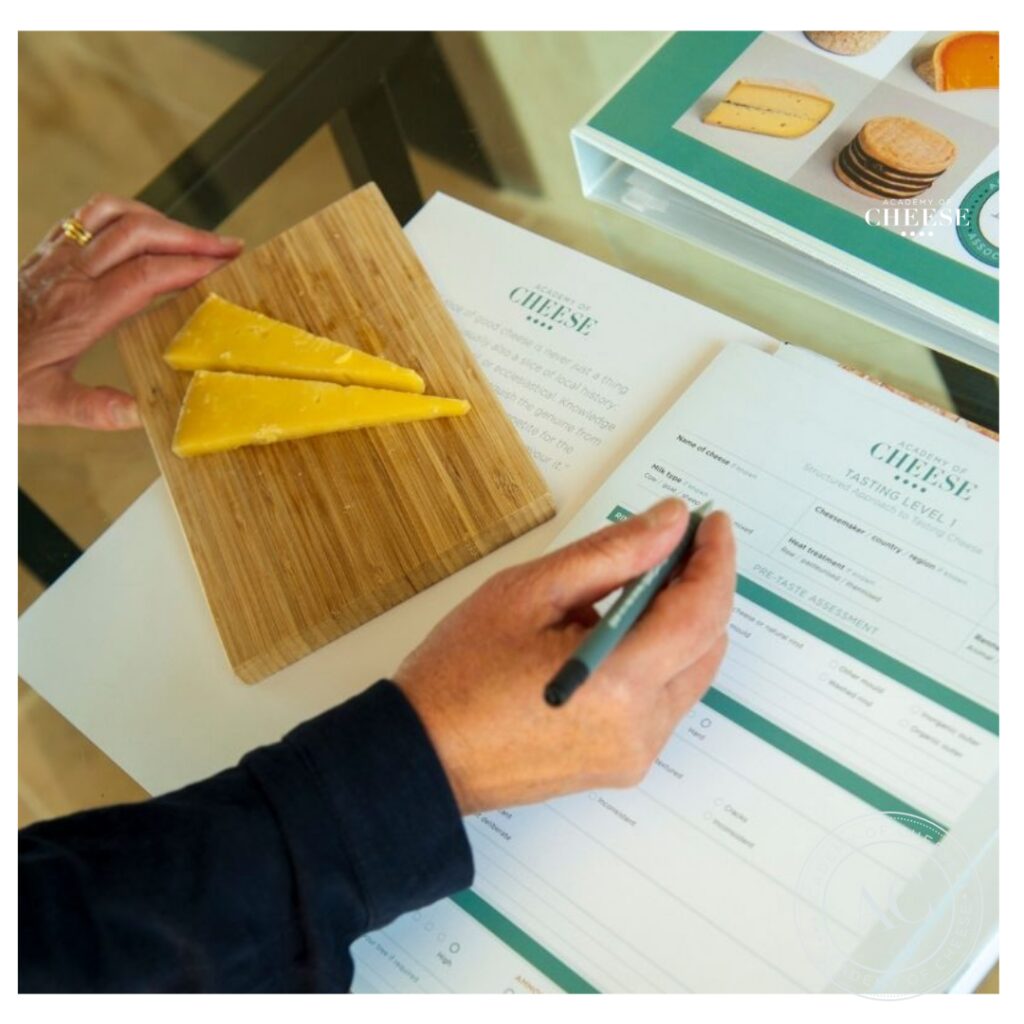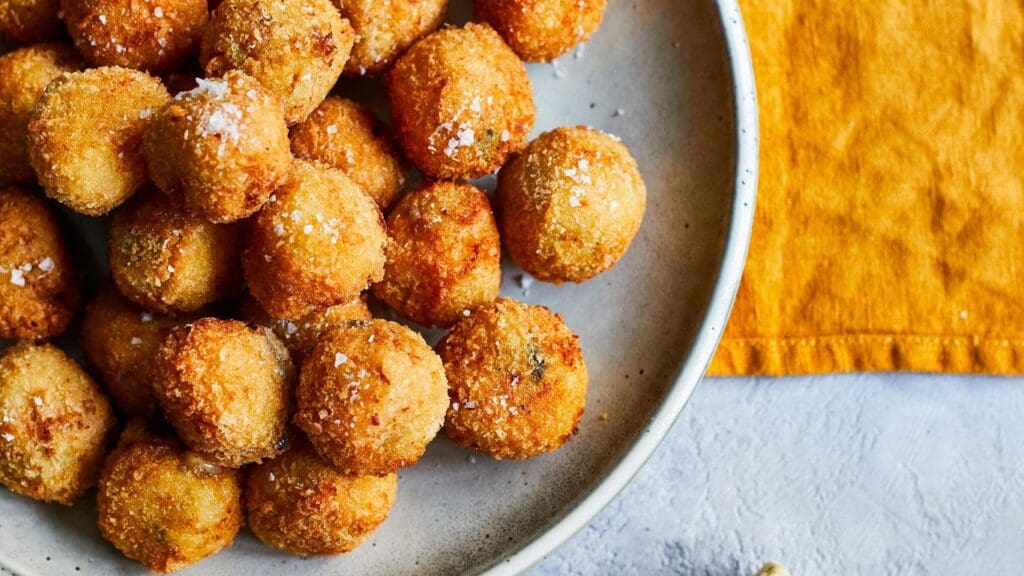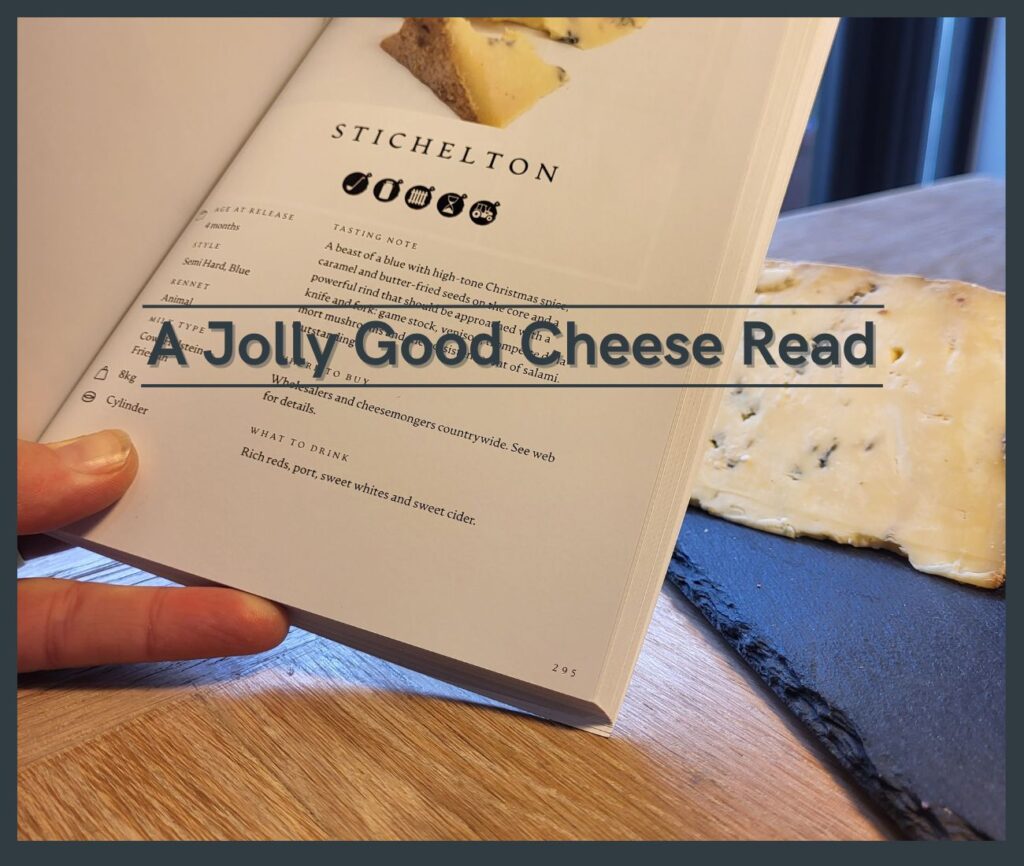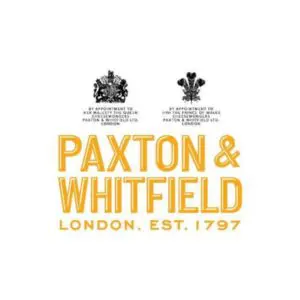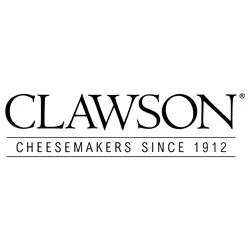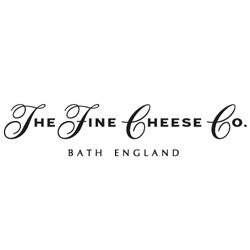Anyone can put together a board of cheese, but not everyone can create a cheeseboard that offers intrigue, excitement and a suggestion of alchemy!
How Glamourous is your Cheeseboard?
How many times have you spent a lot of thought and time picking a fine selection of artisanal cheeses to impress your guests with, only to forget about the accompaniments that you will serve these beauties with? We’ve all done it…. celery in the jug, grapes plonked on the side, a sliced baguette, oh and not forgetting the ramekin of chutney. Don’t get me wrong; fruits, bread and chutneys all taste delicious with cheese. But you’ll get kudos for daring to pair your well-thought-out cheeses with something a little bit more inspired, a bit more elaborate, dare I say it, glamourous.
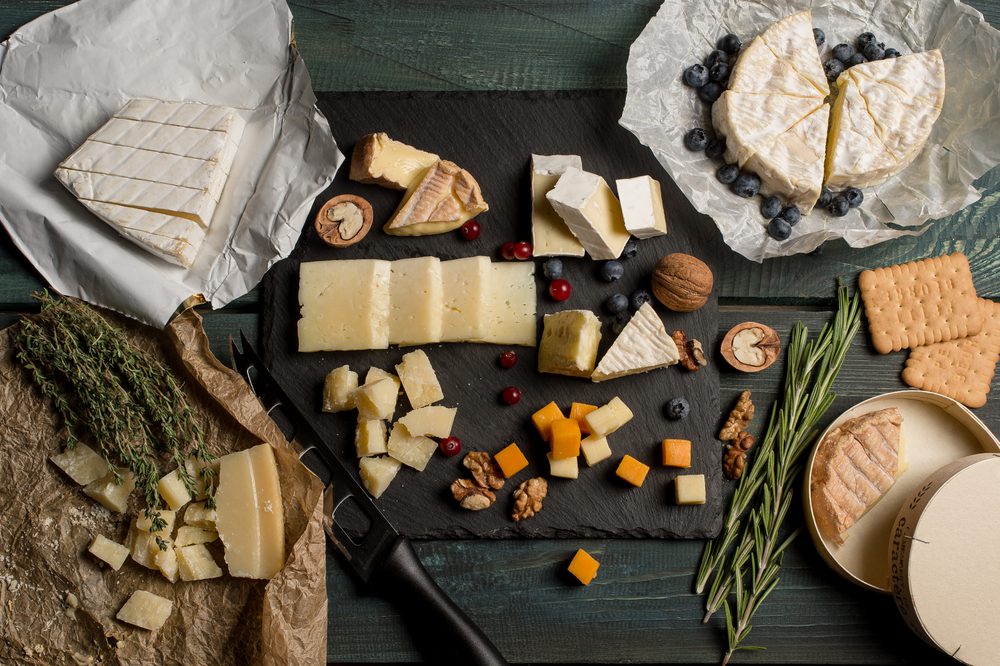
You see, the accompaniments don’t need to play second fiddle to the cheese: they can play as big a starring role: think Fred and Ginger, or Ant & Dec! As much time should be spent considering these accoutrements as the wine or beer matchings that you will serve alongside. But as I mentioned it, it would be terribly amiss of me not to mention how useful the Academy’s Cheese Library is for matching drinks (and not just wine) with a particular cheese in its Perfect Pairings section.
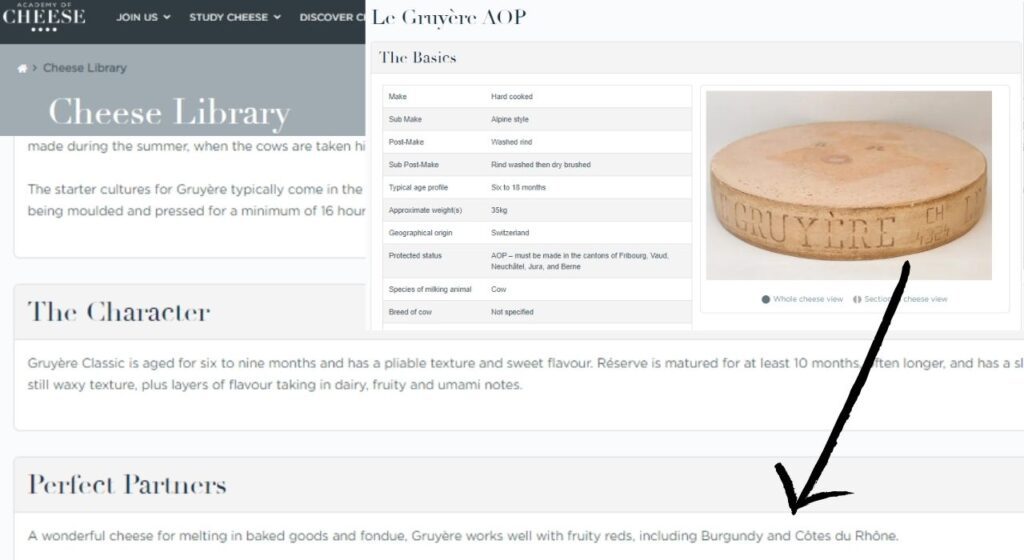
There’s No Cheese Police Here
Just because I’m advocating notching your accompaniments up a gear, it doesn’t mean you have to spend hours in the kitchen concocting something from scratch…. that’s one of the reasons you chose a cheeseboard in the first place, right? If you’re anything like me, you will have a number of shop-brought jars of pastes, jellies and mustards lurking around at the back of your cupboards, hidden behind that really tall bottle of fancy Extra Virgin Olive Oil. Give it a go, it might just work!
A Cheese Trend Worth Following
Cheese matching (as opposed to pairing, which I refer to when talking about drinks to go with cheese) is now officially “a thing” on the restaurant scene. A recent visit to Pick & Cheese, the world’s first conveyor belt of cheese restaurant in the heart of London’s West End, blew me away with what effectively is their USP: individual plates of British cheeses, all meticulously matched with an inventive condiment. Think St Ella goats’ cheese with a cube of Rose Turkish Delight, Cropwell Bishop Stilton with Chocolate & Hazelnut Brownie or Rollright with Honey Roasted Peanuts.

Brian Keyser & Leigh Friend have written a whole book dedicated to this topic: “Composing the Cheese Plate: Recipes, Pairings & Platings for the Inventive Cheese Course”, based on the premise that every cheese should be presented beautifully and paired with an accompaniment that was actually right for the cheese. Inspiration came from time spent running New York Cheese & Wine bar, Casellula and their combinations are genius: Brillat-Savarin served with a Sweet Pea Puree and Roquefort matched with caramel & herb popcorn.
Cheese Matching: Where to Start?
There are some general guidelines to help you upgrade your cheeseboard. Patrick McGuigan, in his book “The Philosophy of Cheese”, suggests opting for one of three matching methods, which can be remembered as the “Three Cs”:
1. Flavours that complement each other, such as a savoury cheddar and savoury bacon jam.
2. Those that contrast, like sweet fudge and a salty blue.
3. The curveball, which are completely unexpected: think Caerphilly and dark chocolate
For the most part, there are no right and wrong matchings for cheese; what is one person’s nectar, might be another’s nightmare and my idea of sweet may just be too sickly for you.
But with the trend for new and innovative dining options gaining pace, why not jump onboard and introduce your own epicurean delights to your next cheeseboard.
Tasting Toolkit
Three useful tools from the Academy Of Cheese to help you taste cheese like a pro.
My Favourite Cheese Accompaniments
Lemon / Passionfruit Curd: amazing with a fresh chevre; the tangy acidity helping to coax out any citrus notes – a great way to wake up your palate at the beginning of your cheese course.
Marmite: the brothy flavours of this quintessentially British table spread with bring out the savoury notes of a buttery Double Gloucester or farmhouse Cheddar. Proceed with caution, however, a thin smear is all that’s needed!

Dried apricots, fresh raspberries and all manner of figs…. not only do these taste great with both hard and soft cheeses, they add great pops of colour…simply scattered in small piles between your cheeses.
Roasted Sour Cherries: these tart, juicy jewels go particularly well with fresh and soft creamy cheeses, such as Delice de Bourgogne. Spiced Mandarins: thenapatable.com has a delicious recipe, combining the festive spices of nutmeg and cinnamon with vanilla and cloves and then serving alongside an aged clothbound Cheddar
Toffee Popcorn: these crispy, caramel nuggets will contrast beautifully with the creamy piquancy of a Roquefort or enhance the nuttiness of a Gruyere or Comte.
Jams and Marmalade: whilst the sweetness of apricot jam works wonders with the saltiness of most cheeses, almost any jam remnants you have sitting around will work.
Marshmallows: the long-respected sweet/savoury combination is taken to another level here and, surprisingly, works exceedingly well, especially taking on board the new wave of gourmet mallows, which bring additional levels of flavour to the party. I recommend lightly toasting a Naked Marshmallow’s Salted Caramel alongside an aged Gouda or Cheddar.
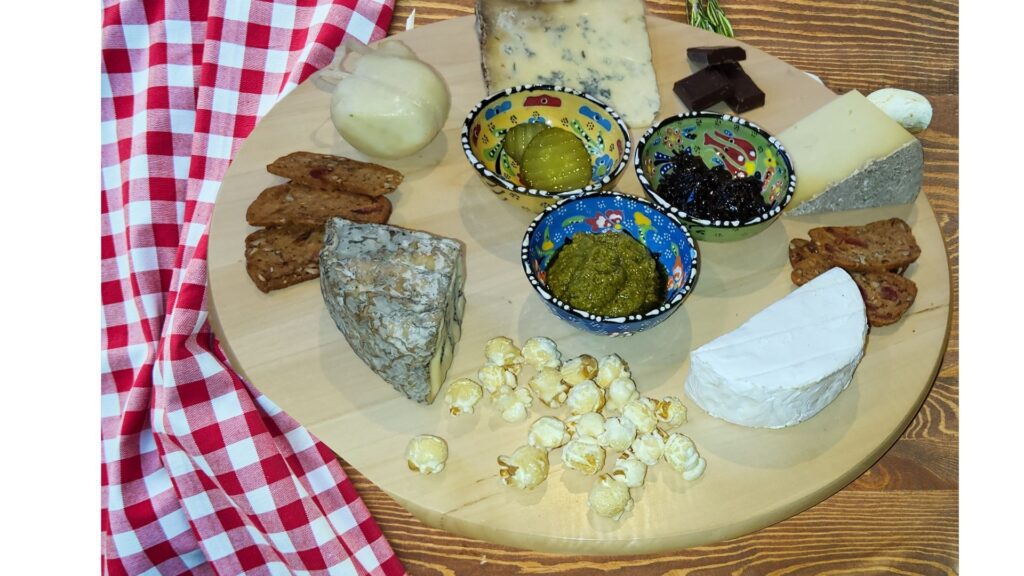
Honey: a master of condiments when it comes to cheeses, especially over those blues, simply drizzled. Flavoured honeys add another flavour element…. try lavender honey with a sweet sheep’s’ milk cheese like Ossau-Iraty. But if you’re lucky enough to have some truffle honey in your cupboard, then you’re laughing…. both vintage mature and milder, creamy cheeses will thank you for it.
Aged Balsamic Vinegar: drizzled over hard, aged cheeses like Parmigiana Reggiano or an aged Gouda. Christmas cake (or bog-standard fruit cake at every other time of the year): The Courtyard Dairy have a whole blog dedicated to this pairing and recommend serving with a crumbly territorial, such as Wensleydale or Lancashire. And Stilton, alongside its festive counterpart, has long been a tradition: the sweet, yet slightly spicy cake contrasts and compliments all at once.
Dark Chocolate: Particularly suited to blue cheeses, but perhaps one to leave towards the end, as delicious as it is, for me it is more the stuff of desserts (think chocolate cheesecake). The darker the chocolate the better and don’t stop at the hard stuff: mess around with truffles, fudgy brownies or even melt it down and dip the cheese right in.
So next time you’re entertaining and decide on a cheese course, don’t reach for your go-to jar of red onion marmalade, bring a little theatre to your soiree and try out some of the above unorthodox pairings, or if you’re feeling brave, just dive into your food cupboard.
If you want to delve further into cheese pairing and understand a little more about the science behind flavour matches , then the Academy of Cheese Level One Associate Certification has it all covered.

Rachel Holding | Academy of Cheese Writer
Rachel loves a good cheese and wine session. Her love of all cheeses, artisanal or otherwise, has grown from her early years of working on the cheese counter at Fortnum & Mason. She has a personal mission to taste as many cheeses as possible and to encourage this passion in others.


